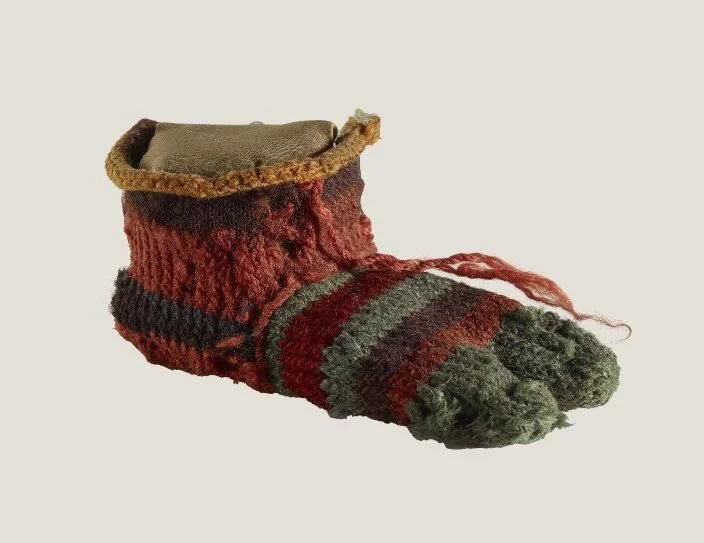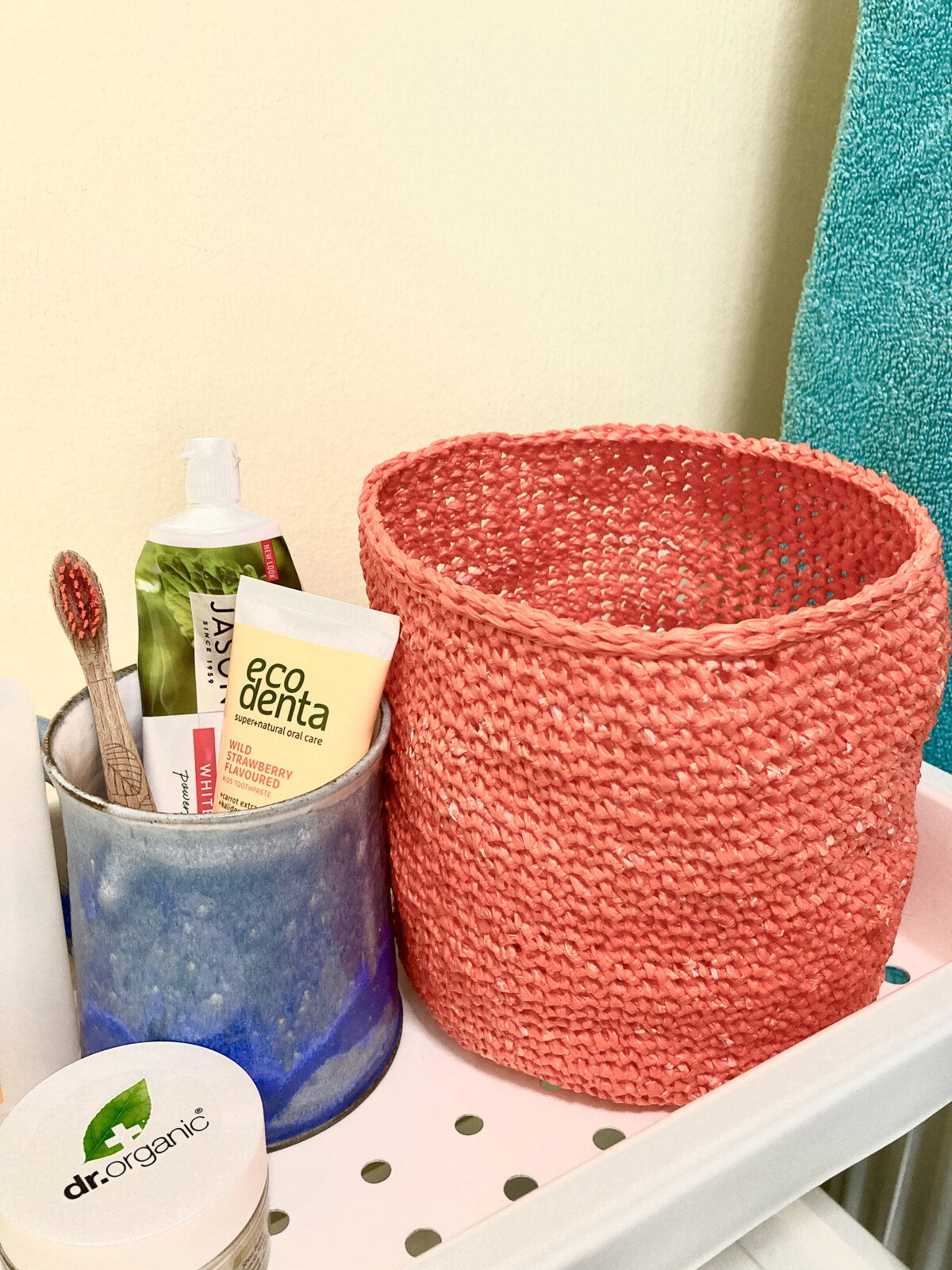I was sent a link to this reflective yarn by a friend and it was one of those yarns that exited and inspired me as soon as I saw it. It was perfect for something you can wear at night as it sparkles when light hits it. It also needed to be an item that isn’t worn too close to the skin, as the yarns is a bit scratchy with the reflective fibre in it. I decided to make a large shawl to wear over a coat that can be pulled up over the head if it gets cold or starts to rain.
To create the design I alternated stripes and colours to make a geometric shape combining two different yarns.
Rowan Valley Tweed (https://knitrowan.com/en/products/valley-tweed)
Hobbi Starlight (https://hobbii.co.uk/hobbii-starlight)
To create the shape it is basic increasing and decreasing while changing colour thread to make a giant triangular shawl.
As it was a great project I wanted to share the method, which can be used with any type and colour of yarn. The knitting pattern can be viewed and downloaded from below with links to the fibres I used.
(I also did a mini photoshoot so yes that is my face in the pattern photos)
I love to talk all things knitting so if you have any feedback on this pattern, patterns to share or tips and interesting methods please get in touch - info@amberjames.co.uk












